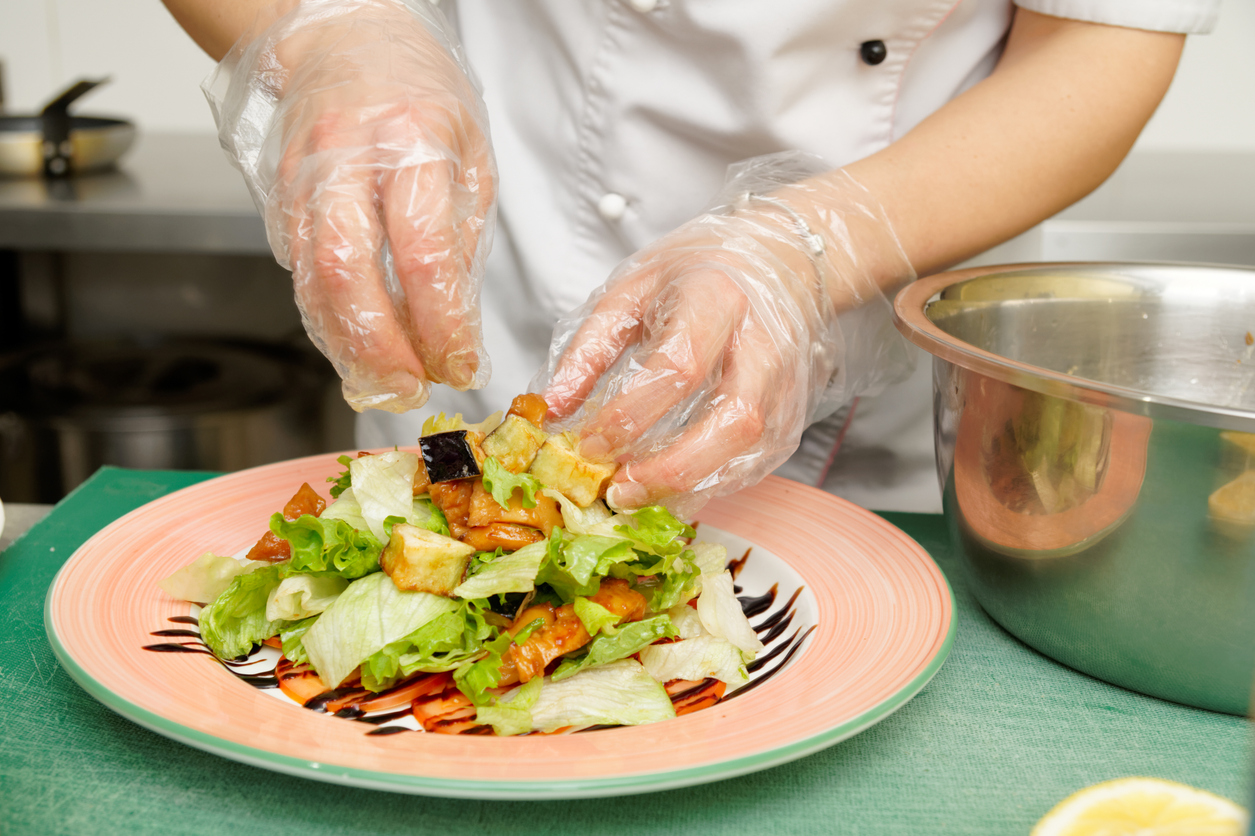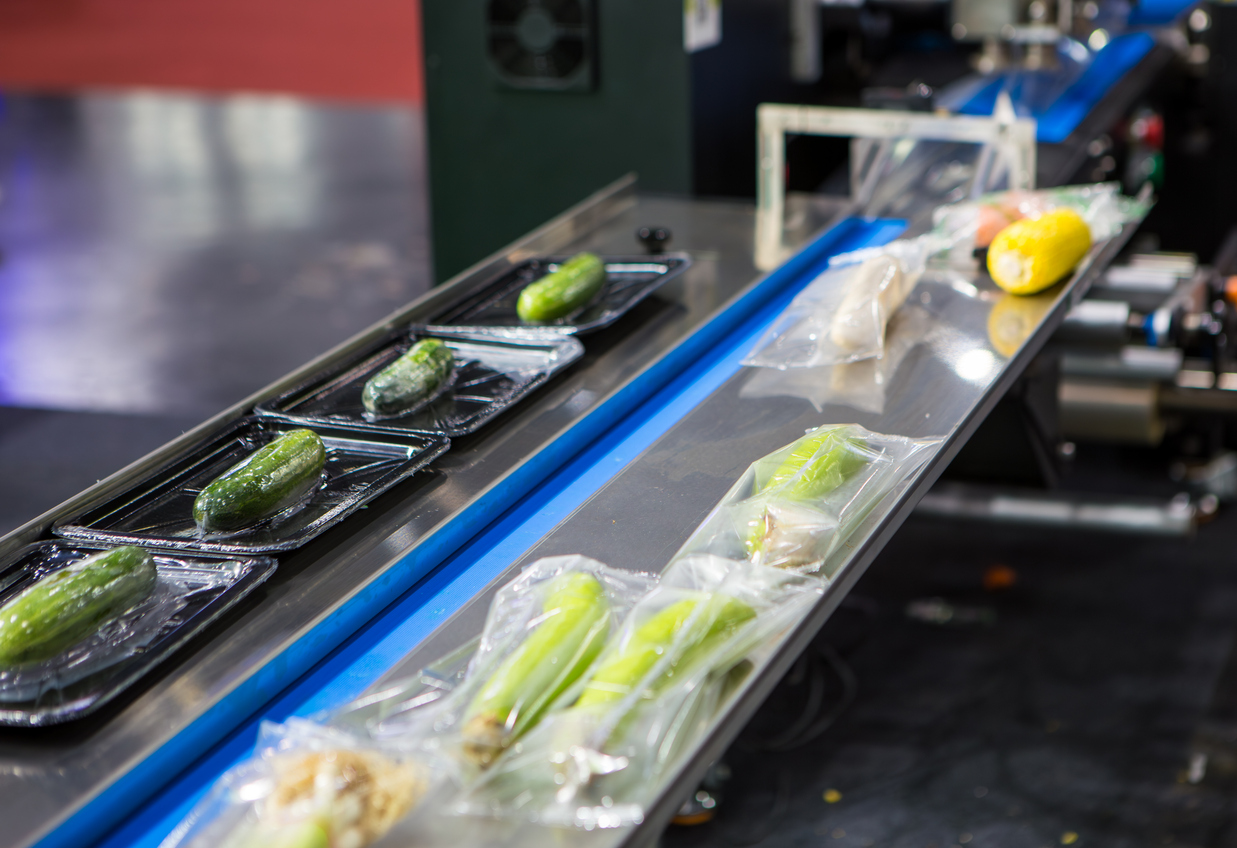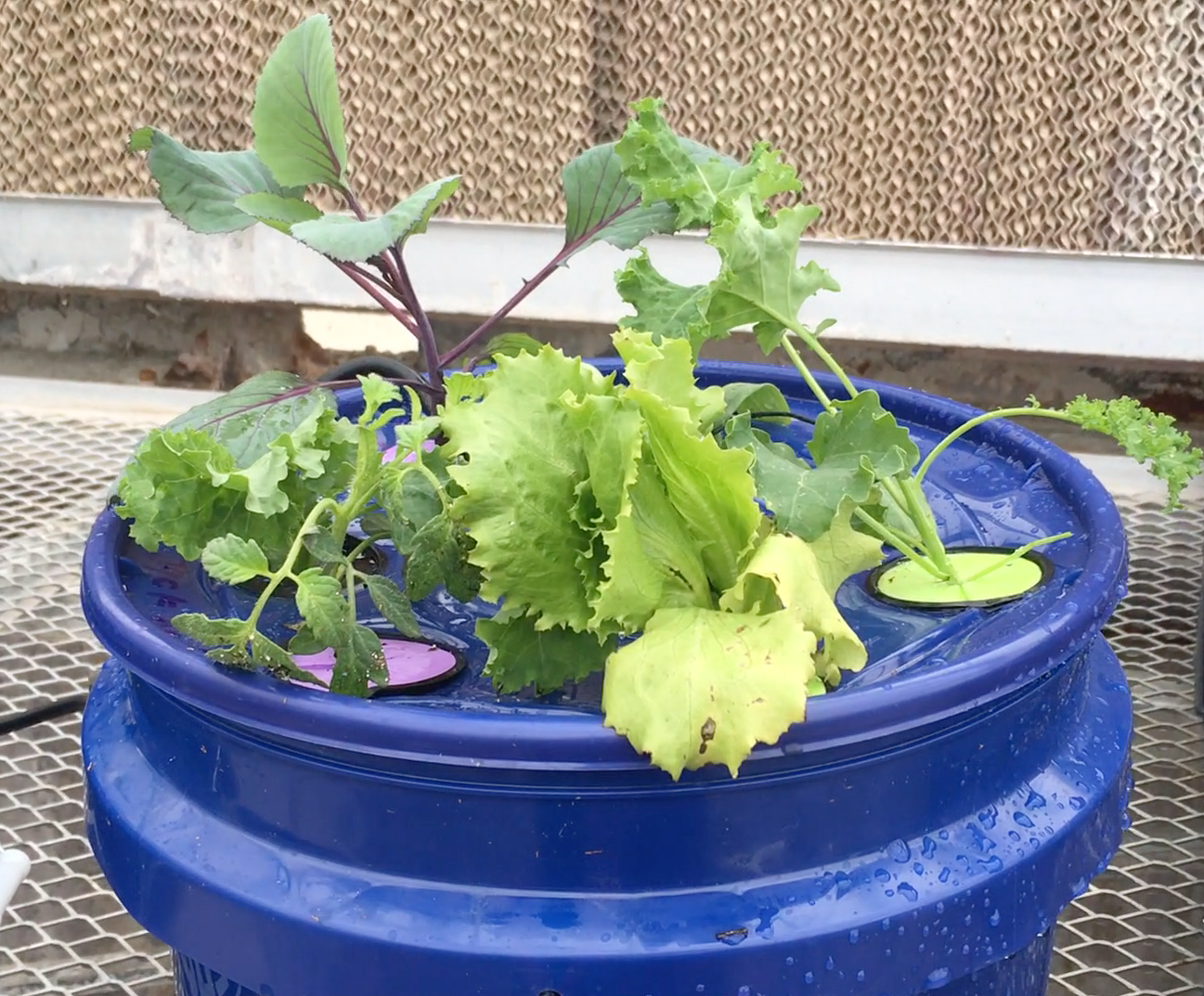Chain of Food (Grades 6-8)
Students will explore the path food takes along the Farm-to-Table Continuum. They will begin on the farm and investigate food safety issues during processing, transportation, at restaurants and supermarkets, and finally, in their own homes. Teams will identify how food can become contaminated along the continuum and develop and present strategies for preventing contamination at each step.


